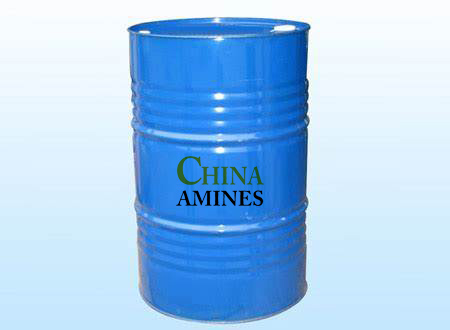1. Chemical Structure and Properties
Molecular Formula: C₃H₈O
Structural Formula:
A secondary alcohol with a hydroxyl (-OH) group bonded to the central carbon of a three-carbon chain.
Physical Properties:
Appearance: Clear, colorless liquid with a sharp alcoholic odor.
Boiling Point: 82.6°C; Density: 0.785 g/cm³; Vapor Pressure: 33 mmHg at 25°C.
Solubility: Fully miscible with water, ethanol, and most organic solvents (e.g., acetone, chloroform).
Chemical Properties:
Reactivity:
Oxidizes to acetone via dehydrogenation; reacts with carboxylic acids to form esters.
Forms azeotropes with water (87.9% IPA boils at 80.3°C).
Flammability: Highly flammable (flash point: 12°C; autoignition temperature: 399°C).
2. Industrial Applications
Disinfectants & Sanitizers:
Antiseptic Solutions: 70% IPA for surface disinfection (effective against enveloped viruses, including SARS-CoV-2).
Hand Sanitizers: Key ingredient in WHO-recommended formulations (≥60% IPA).
Solvent Industry:
Electronics Cleaning: Removes flux residues and oils from PCBs without damaging components.
Pharmaceuticals: Extraction solvent for APIs and tablet-coating processes.
Personal Care:
Cosmetic Products: Solvent for fragrances, aftershaves, and lotions.
Fuel Additives:
Gasoline Drying Agent: Absorbs water in fuel systems to prevent icing.
3. Safety and Toxicology
Health Hazards:
Acute Exposure:
Inhalation (≥400 ppm): Irritates eyes and respiratory tract; CNS depression (TLV-TWA: 200 ppm).
Skin Contact: Defatting action causes dermatitis (rabbit skin LD₅₀: >5,000 mg/kg).
Ingestion: Moderately toxic (oral LD₅₀ rat: 5,000 mg/kg); metabolic acidosis in high doses.
Chronic Effects:
Neurotoxicity: Peripheral neuropathy in occupational settings with prolonged exposure.
Carcinogenicity: Not classified (IARC Group 3); limited evidence of liver/kidney damage in animals.
Protection Measures:
PPE: Nitrile gloves, vapor respirators, and explosion-proof ventilation.
Storage: Fireproof containers in cool, ventilated areas away from oxidizers.
4. Environmental and Regulatory Compliance
Environmental Impact:
Biodegradability: Rapidly degraded aerobically (OECD 301F: >90% in 28 days).
Aquatic Toxicity: LC₅₀ (fish, 96h): >1,000 mg/L; low bioaccumulation (log Kow: 0.05).
VOC Emissions: Classified as a volatile organic compound (VOC) in coatings and adhesives.
Regulatory Frameworks:
EU:
CLP: Classified as Flam. Liq. 2 (H225), Eye Irrit. 2 (H319).
REACH: Registered; restricted in cosmetics above 10% concentration.
USA:
OSHA: Permissible Exposure Limit (PEL): 400 ppm (8-hour TWA).
FDA: Approved for use in hand sanitizers (21 CFR 331).
China:
GB 13690-2009: Classified as Hazardous Chemical (Class 3.2).
Waste Management:
Incinerate with VOC abatement; wastewater treatment via biodegradation.
5. Case Studies and Application Insights
Case 1: COVID-19 Sanitizer Demand Surge (2020–2022):
Challenge: Global IPA shortages due to 500% demand increase for hand sanitizers.
Solution: Distilleries repurposed to produce 80% IPA under FDA emergency guidelines.
Result: Stabilized supply chains but highlighted dependency on single chemical disinfection.
Case 2: Green Electronics Manufacturing (Samsung, 2023):
Innovation: Replaced IPA with bio-based ethanol in PCB cleaning.
Outcome: Reduced VOC emissions by 40% and maintained cleaning efficacy (IPC-6012).
Comparative Analysis:
IPA vs. Ethanol:
Pros: Higher solvency for non-polar contaminants; lower water content in azeotrope.
Cons: Higher flammability and toxicity.
IPA vs. Hydrogen Peroxide:
Pros: Faster evaporation and material compatibility; lower corrosion risk.
Cons: Less effective against bacterial spores.
Specifications:
Iso-Propyl Alcohol (IPA) is a colorless, flammable solvent with strong cleaning and degreasing properties, widely used in pharmaceuticals, cosmetics, and industrial applications, available in bulk from China Amines Co.


